Buffy Sainte-Marie: Pathfinder
JULY 3rd, 2021 TO SEPTEMBER 11th, 2021
Main Gallery
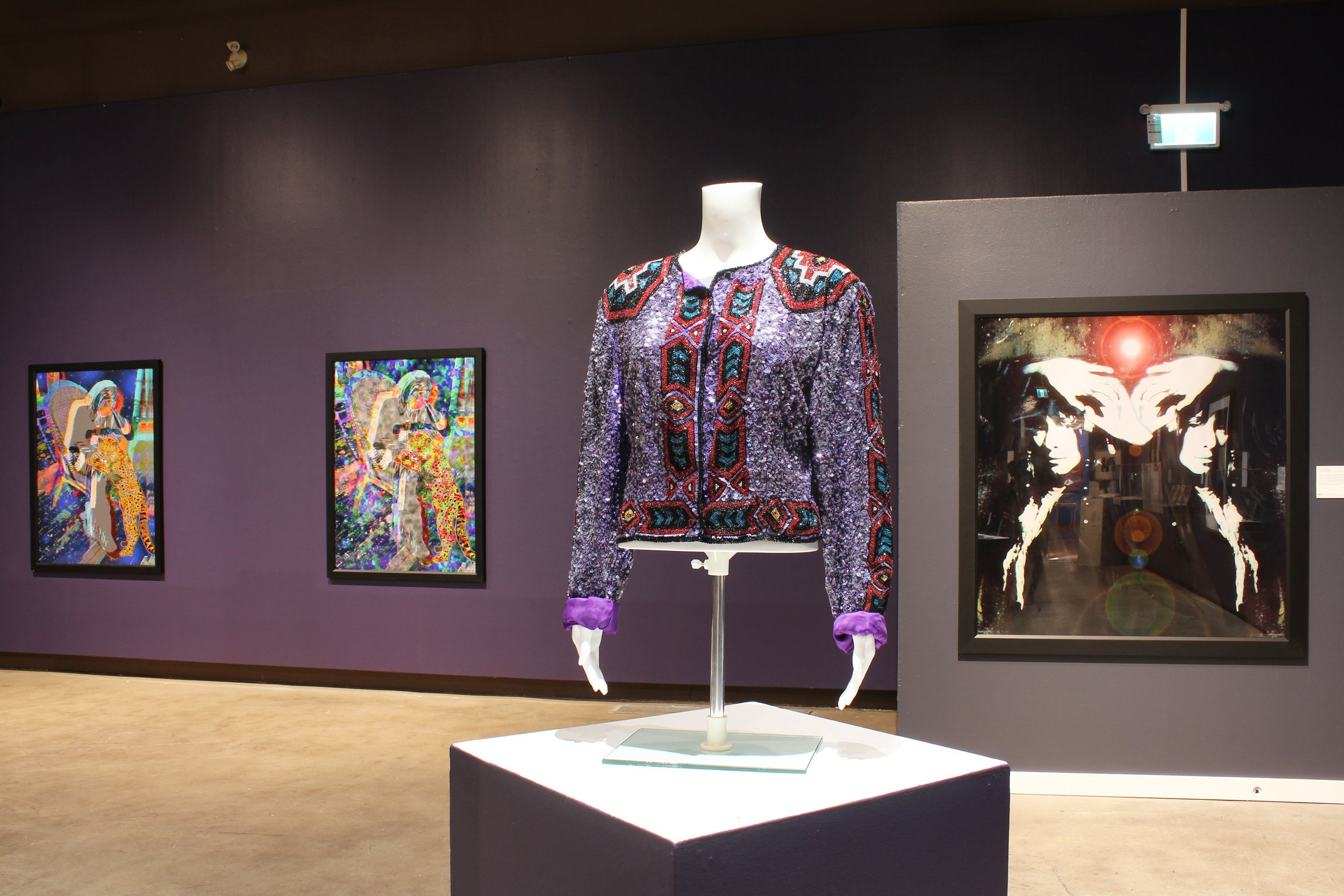
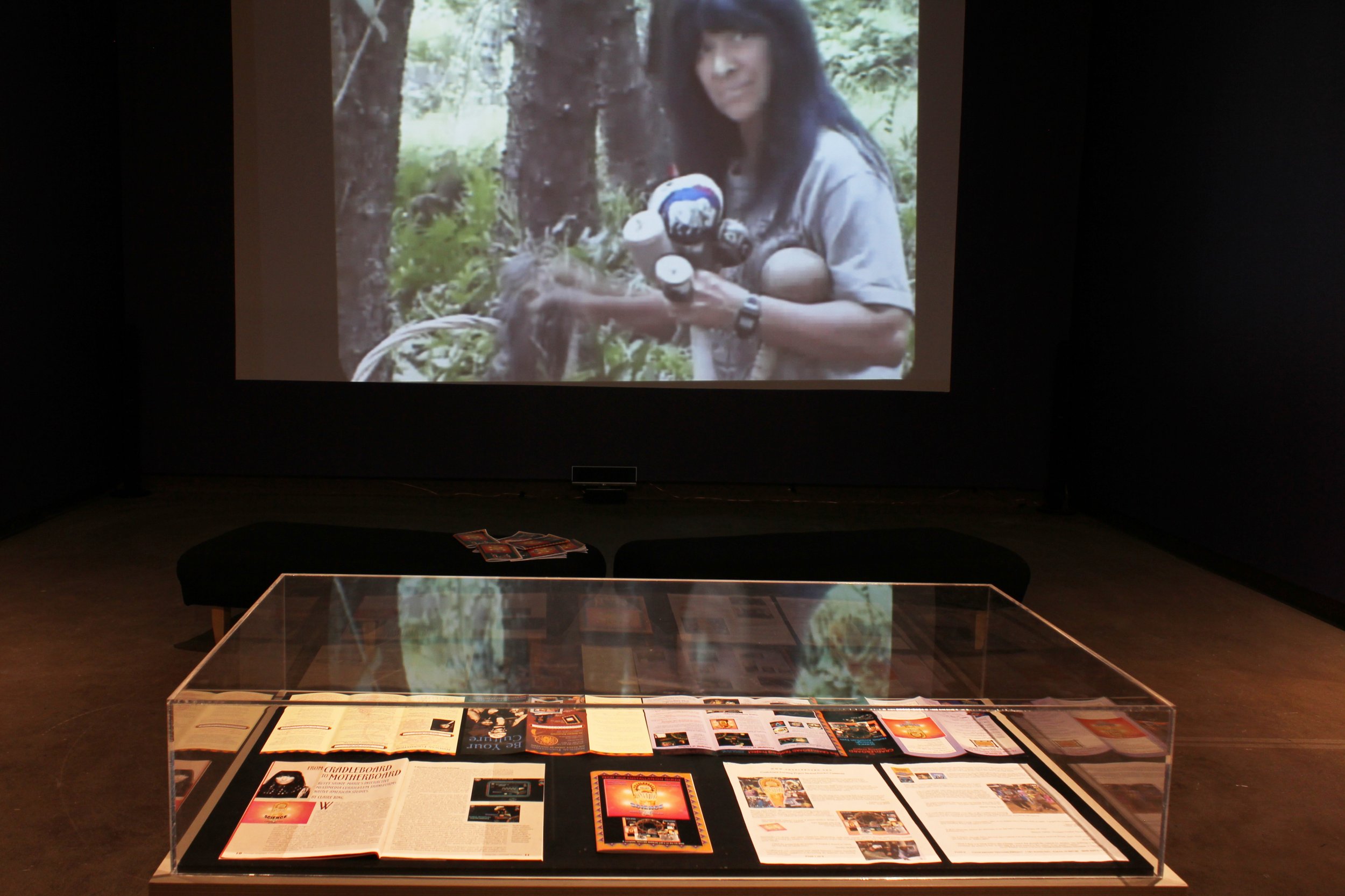
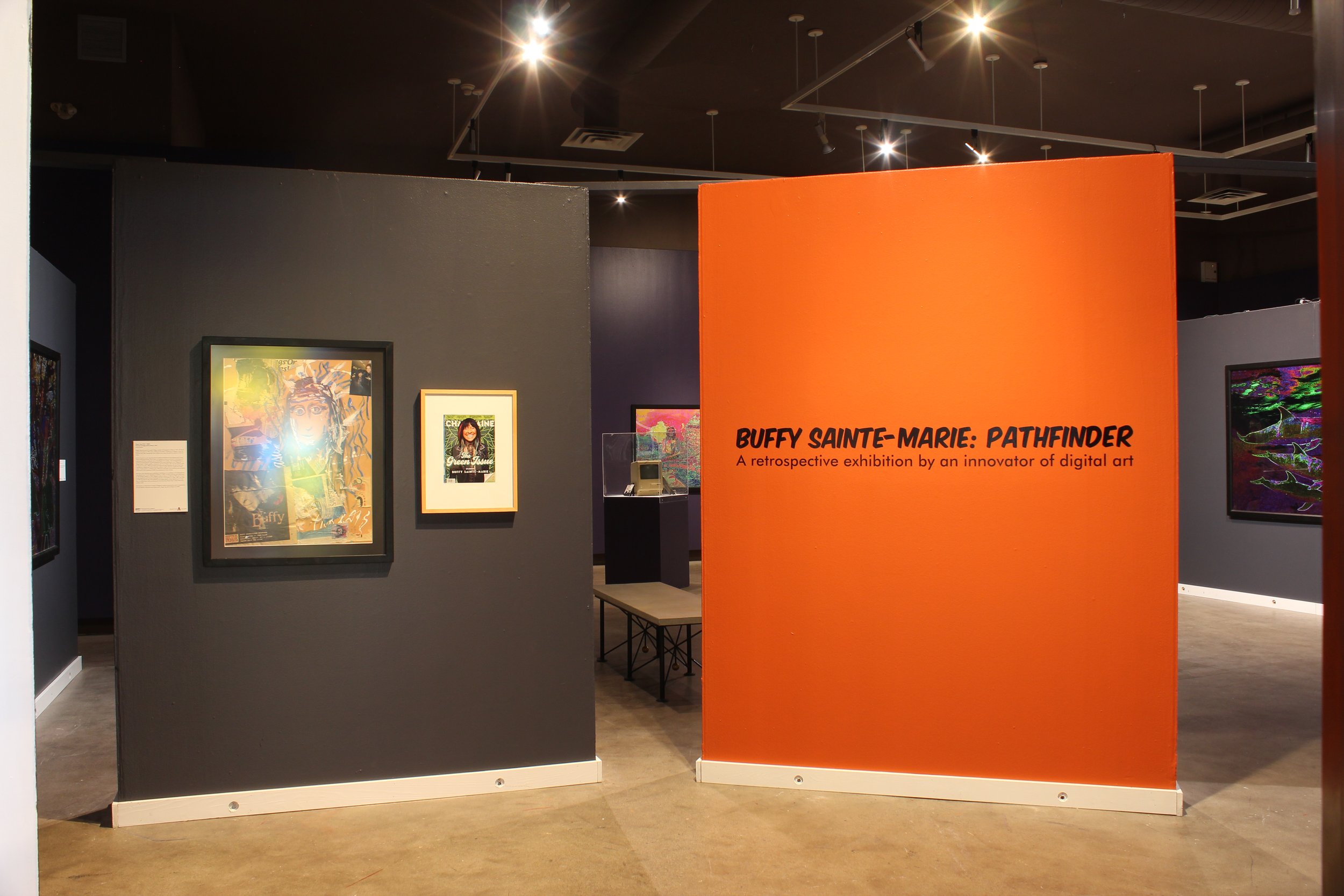
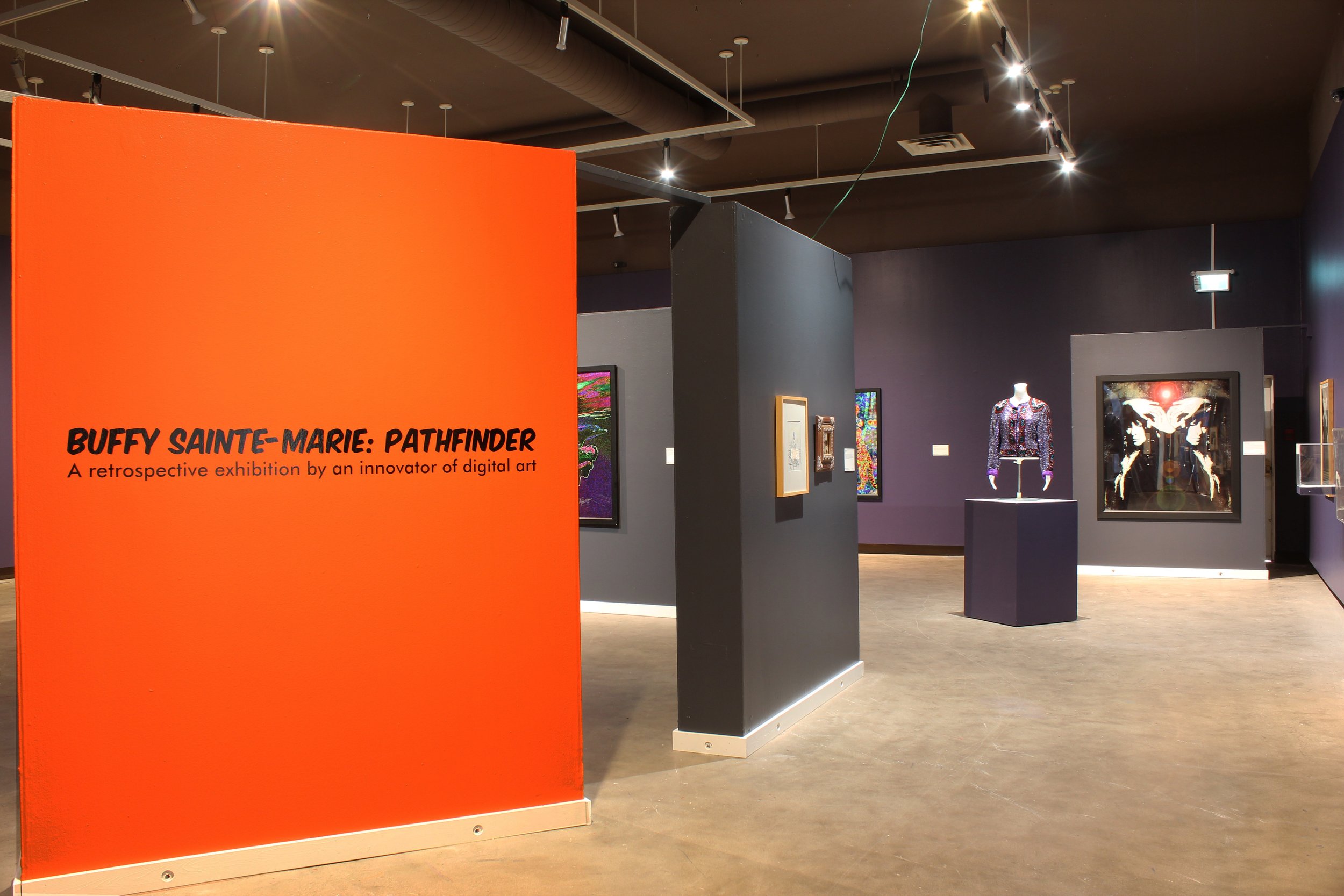
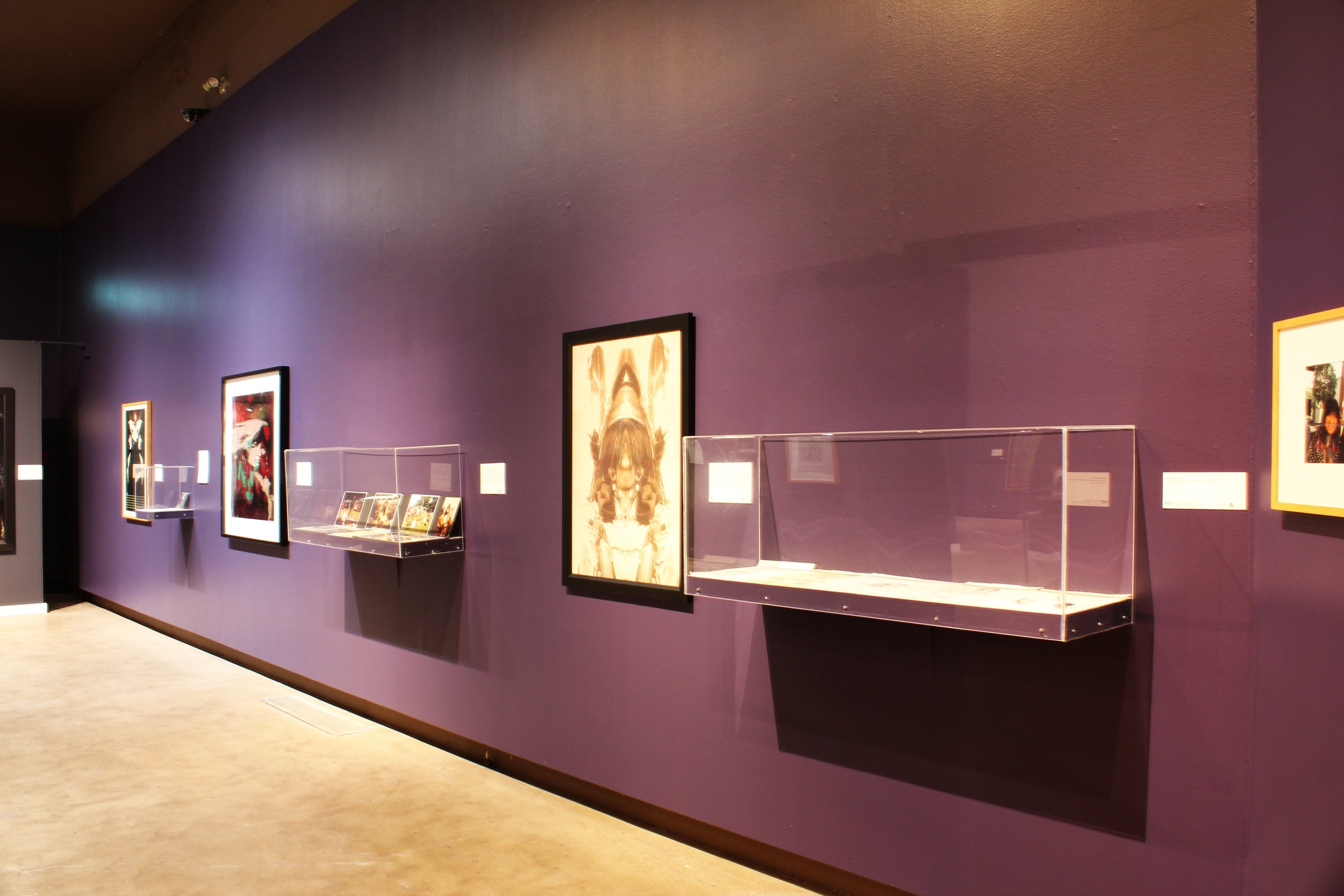
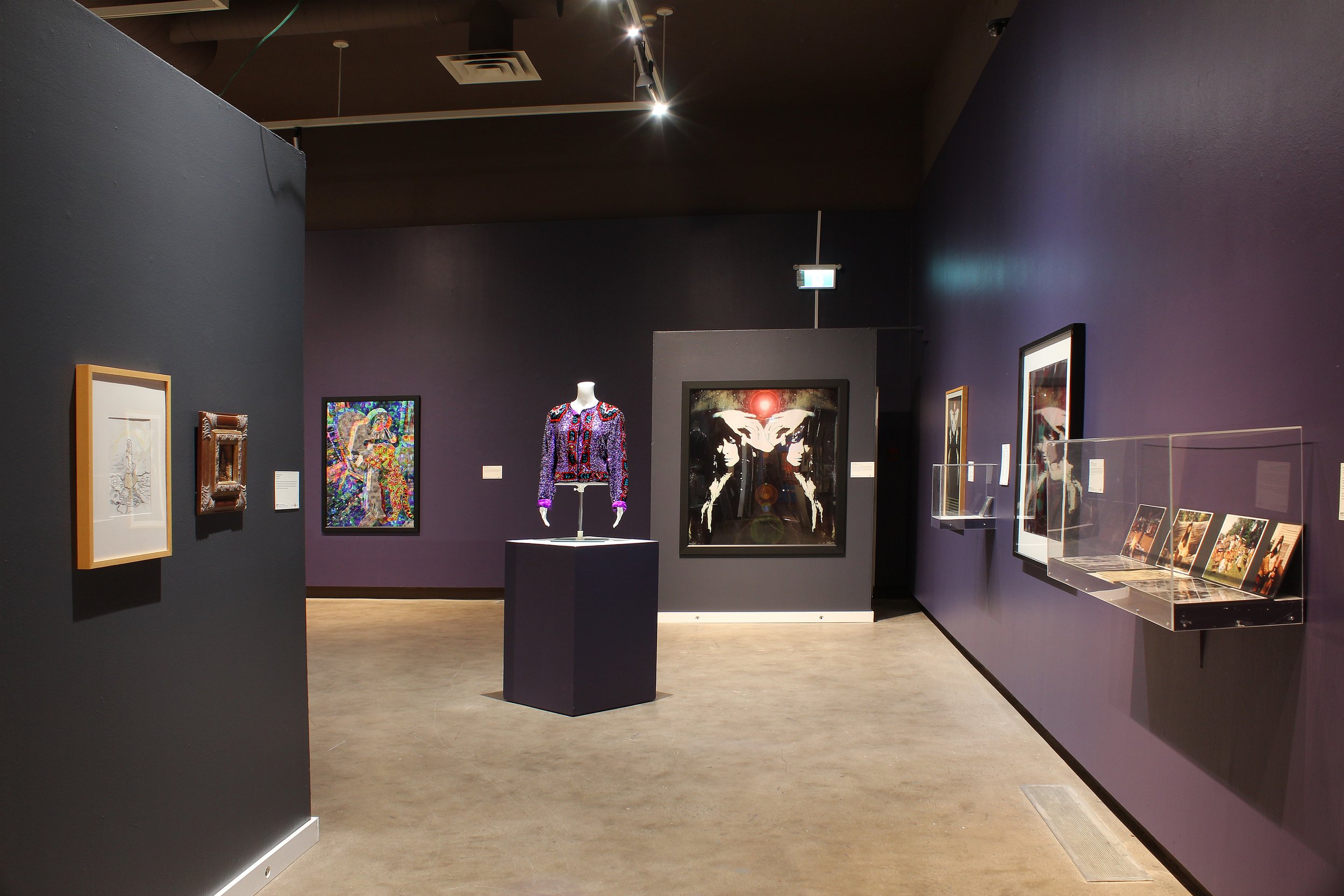
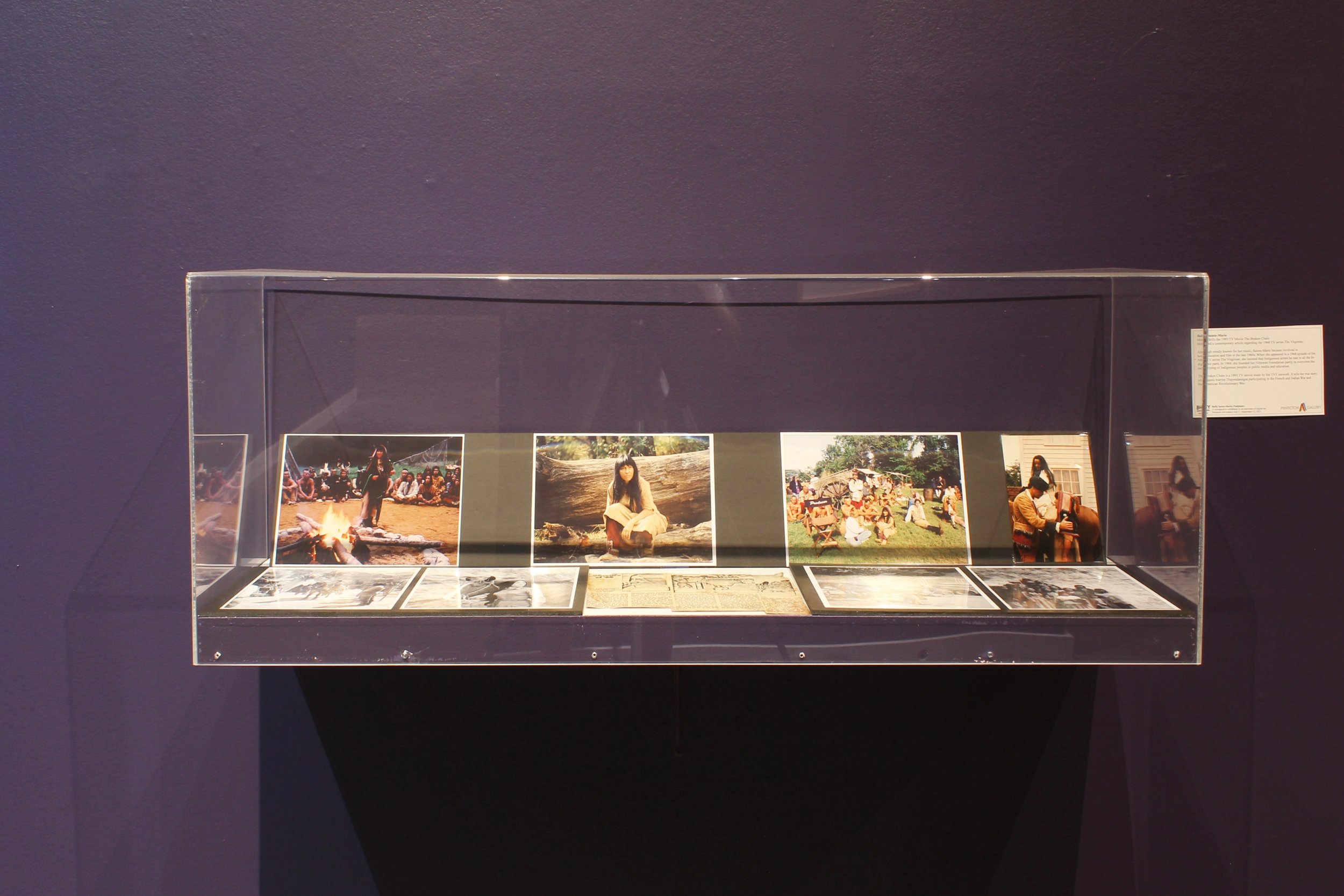
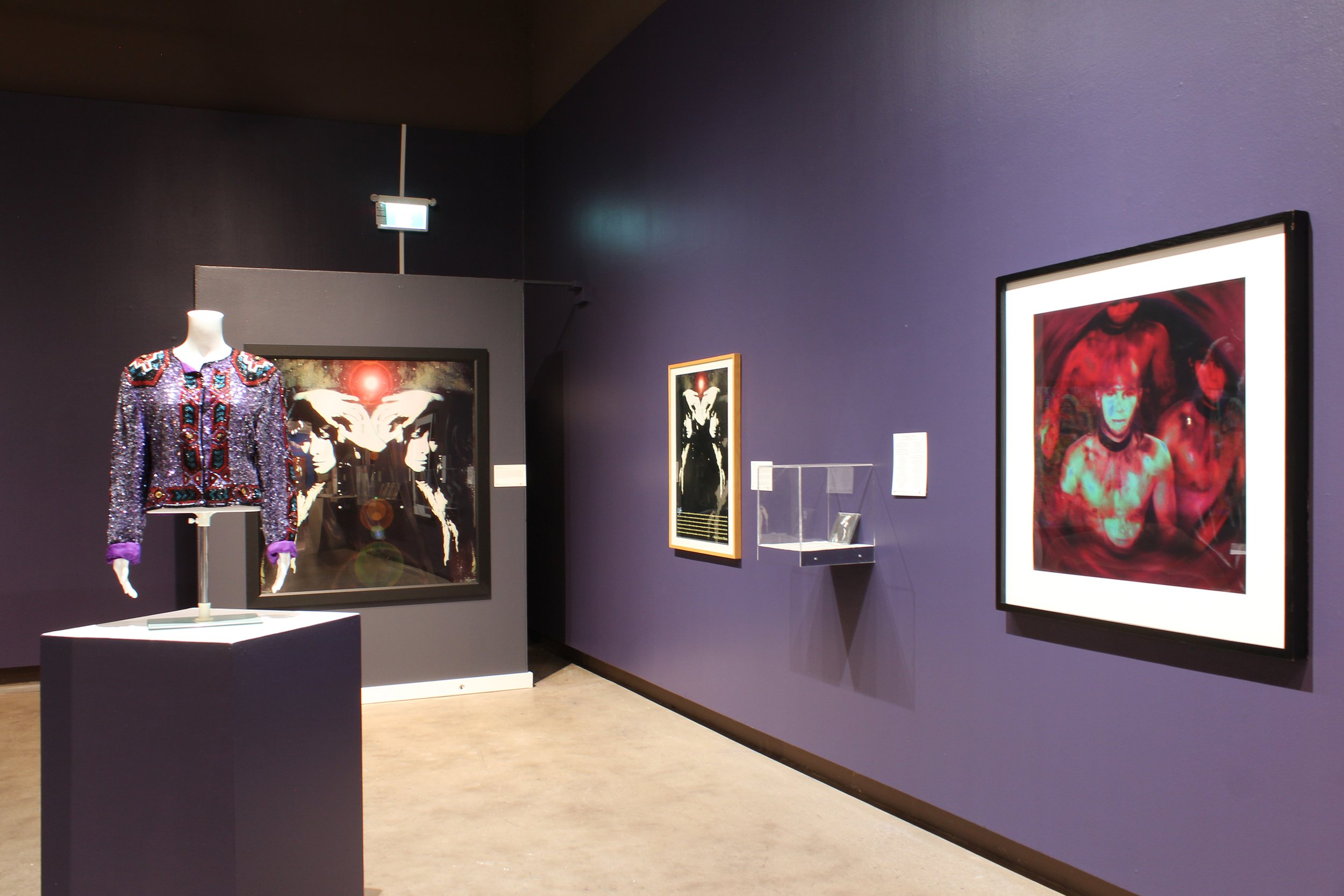
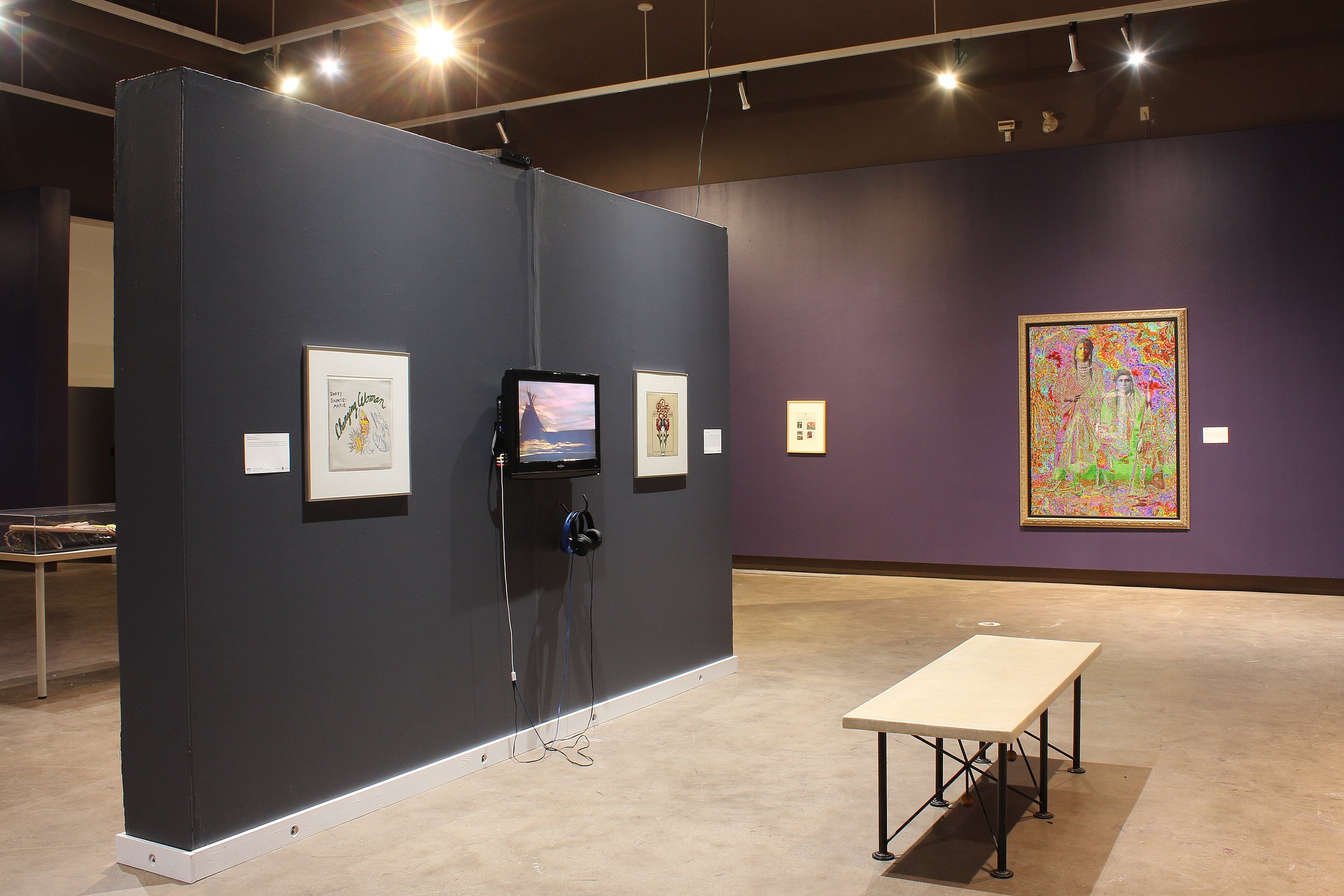
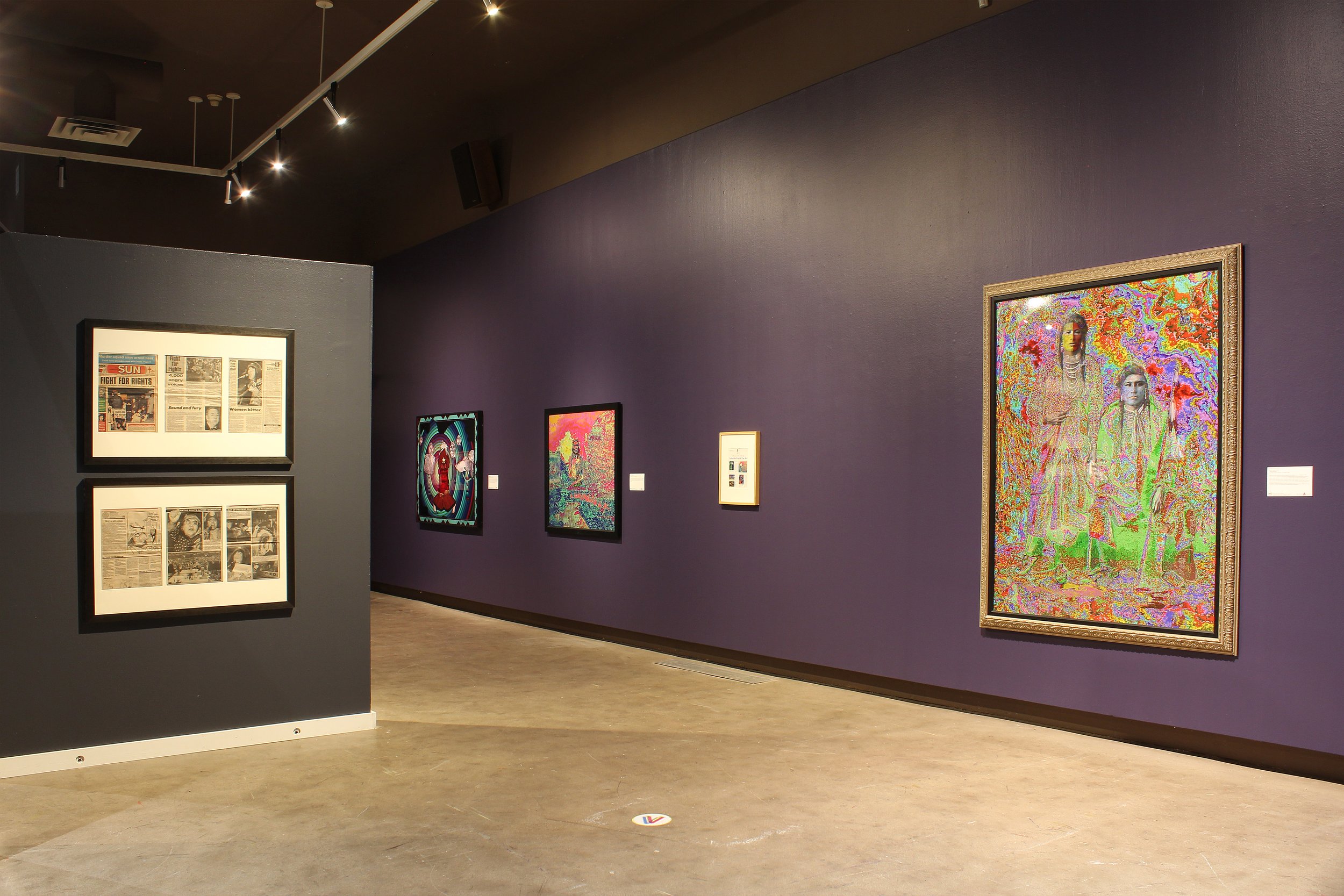
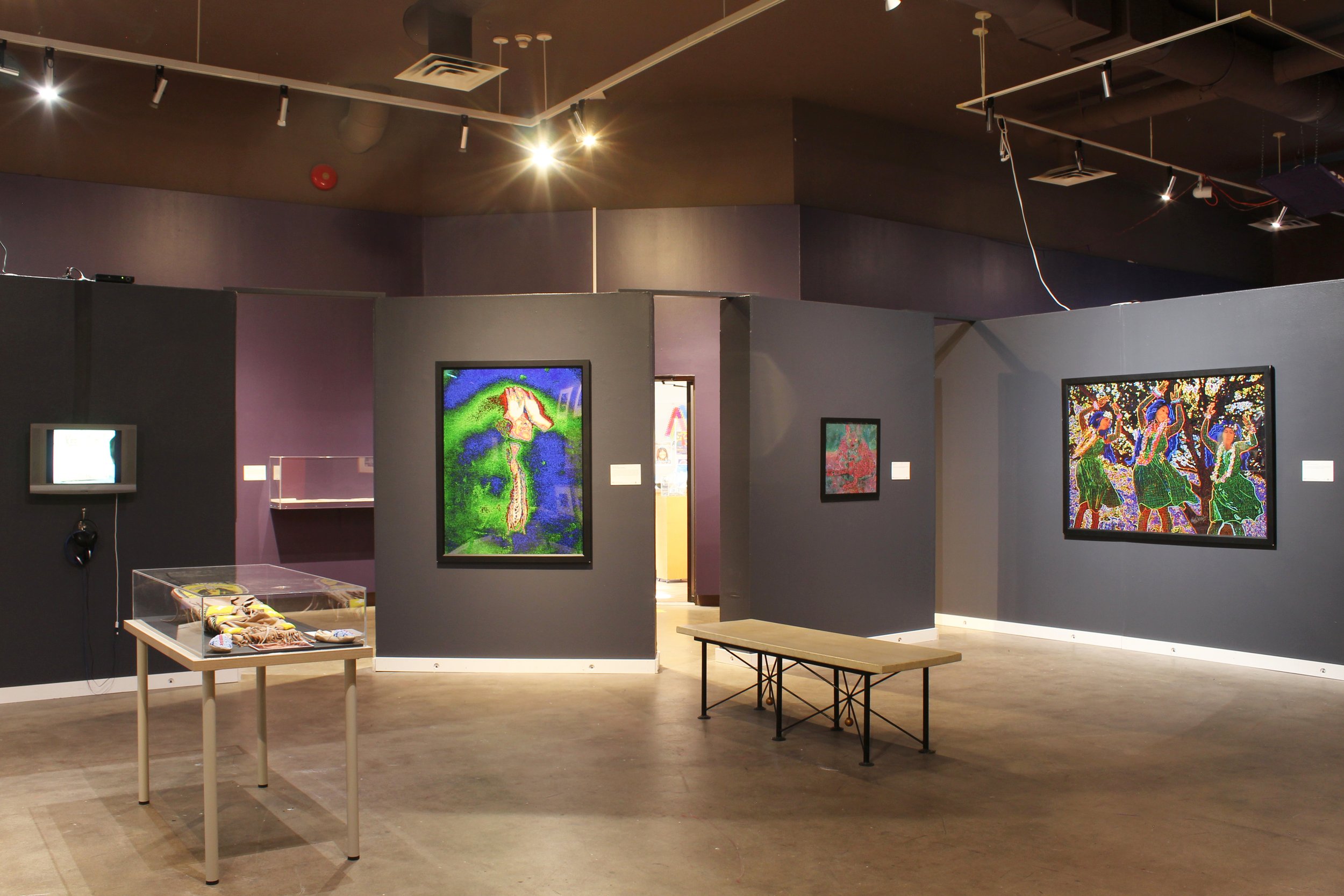
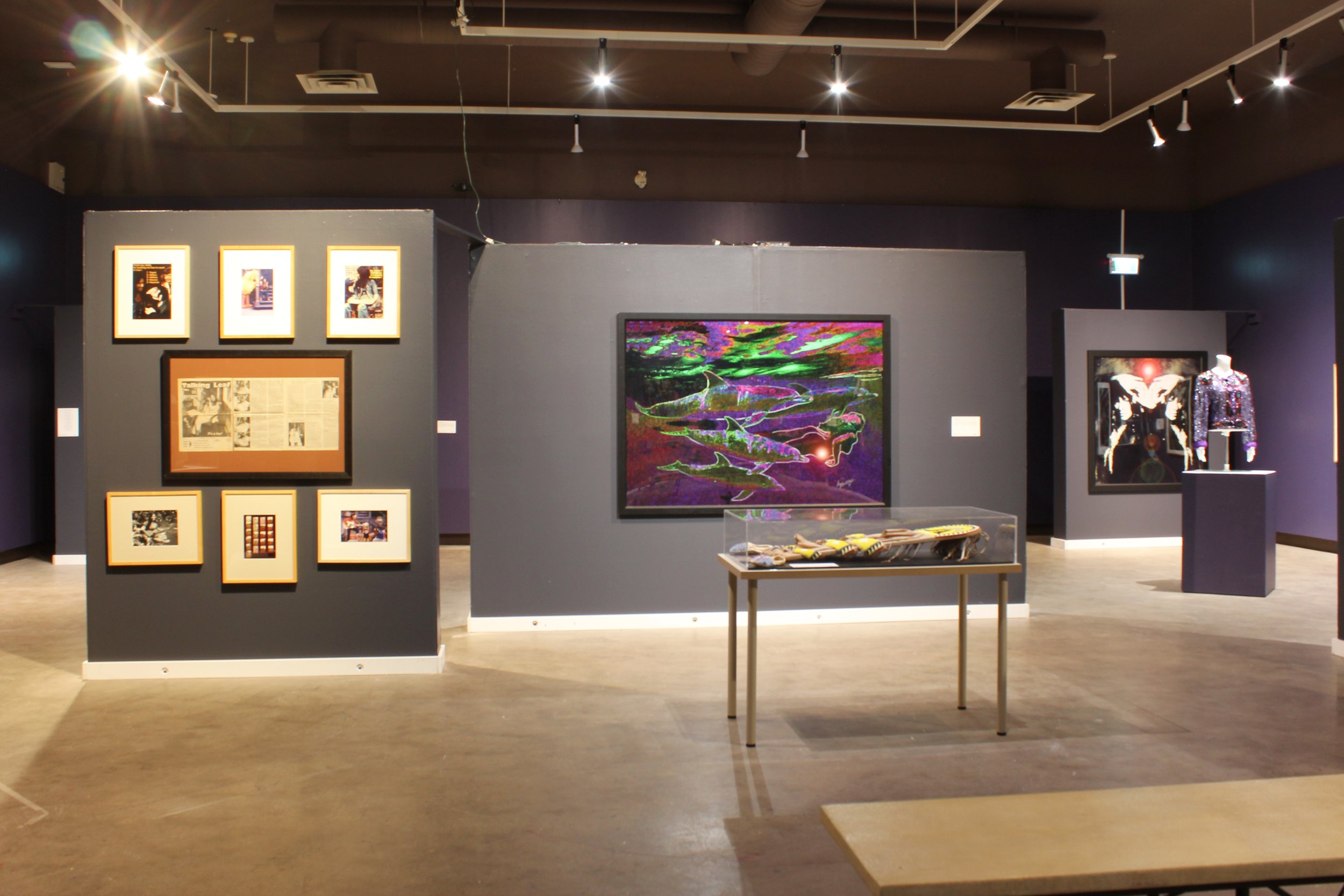
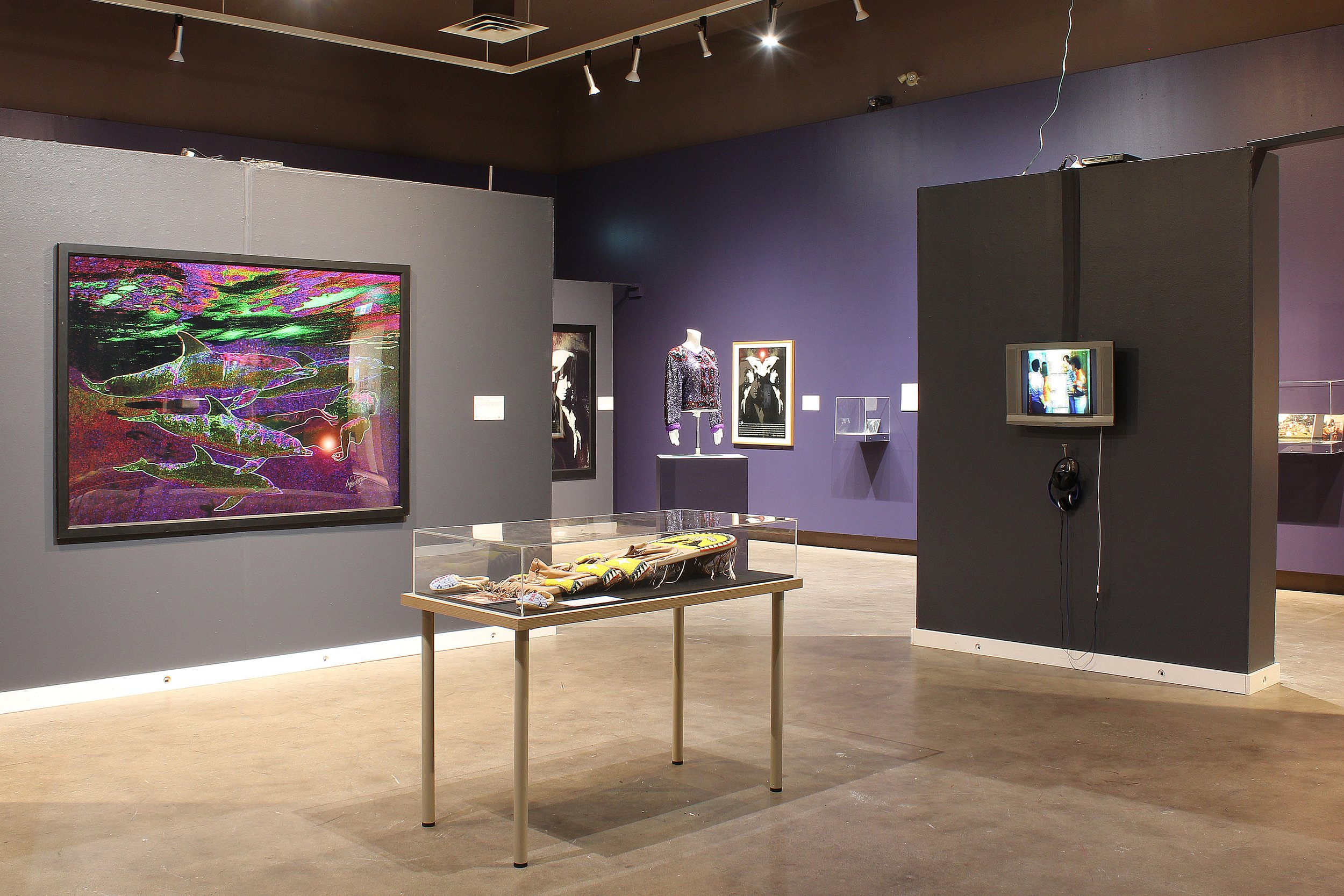
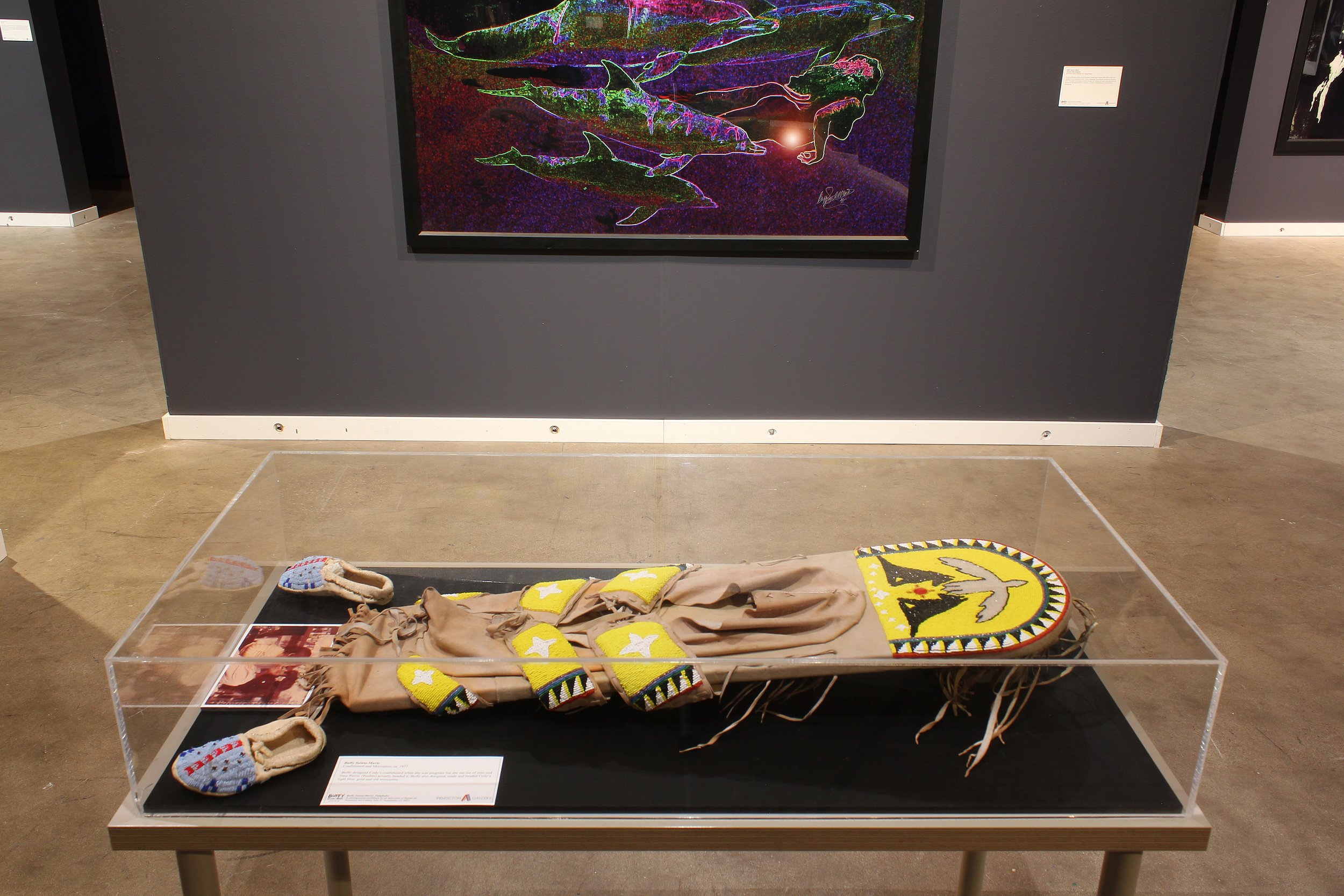

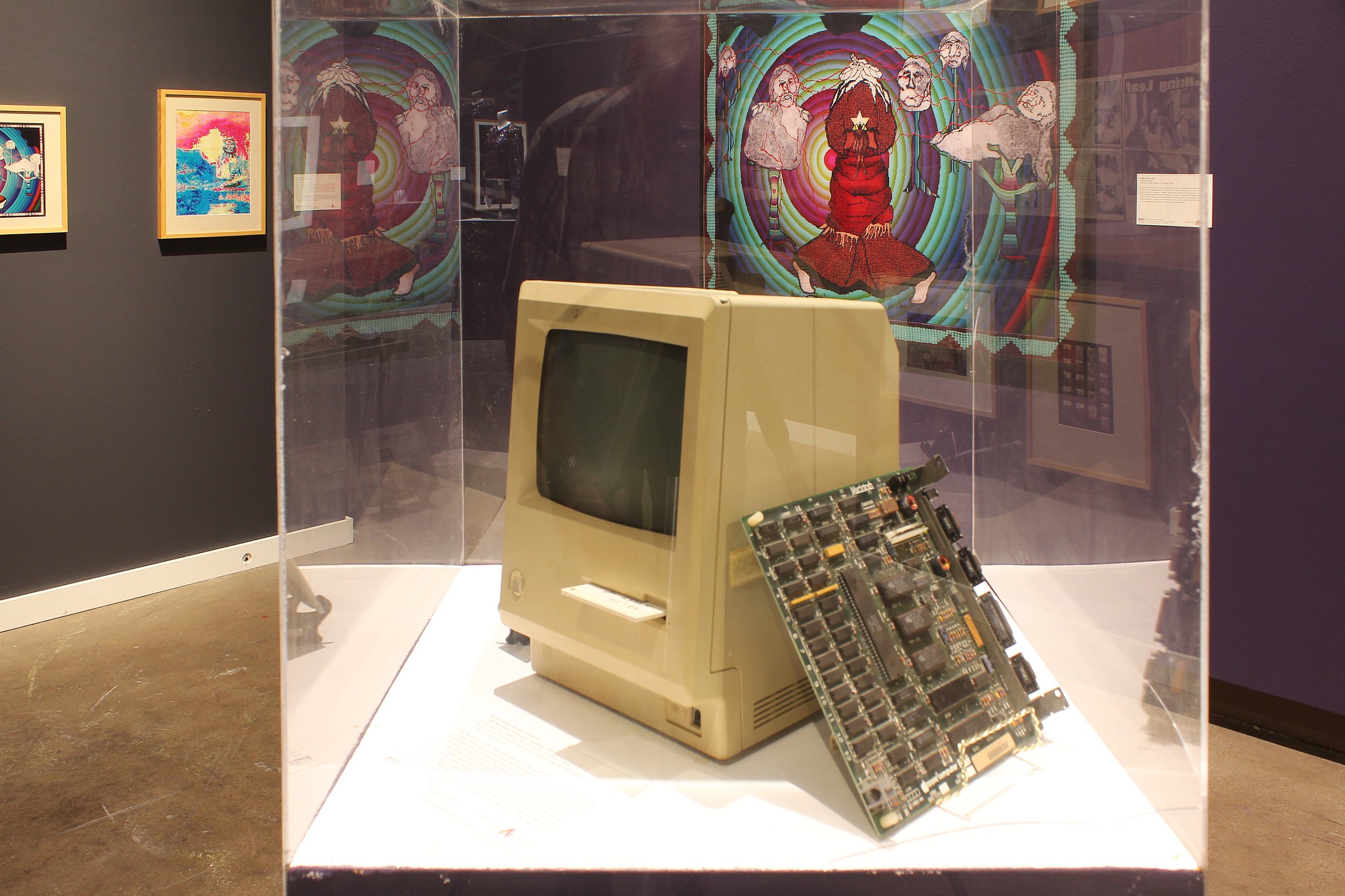
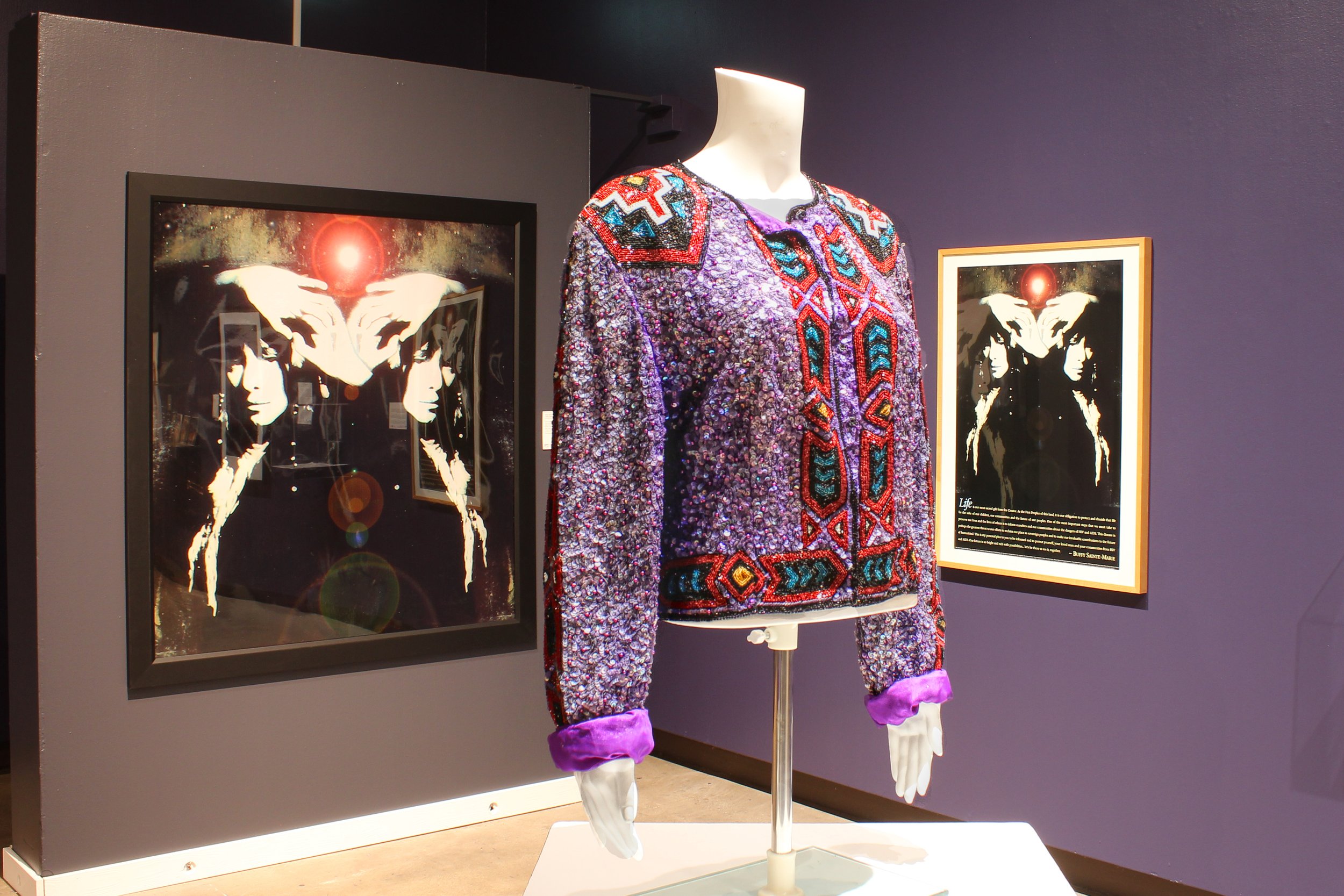
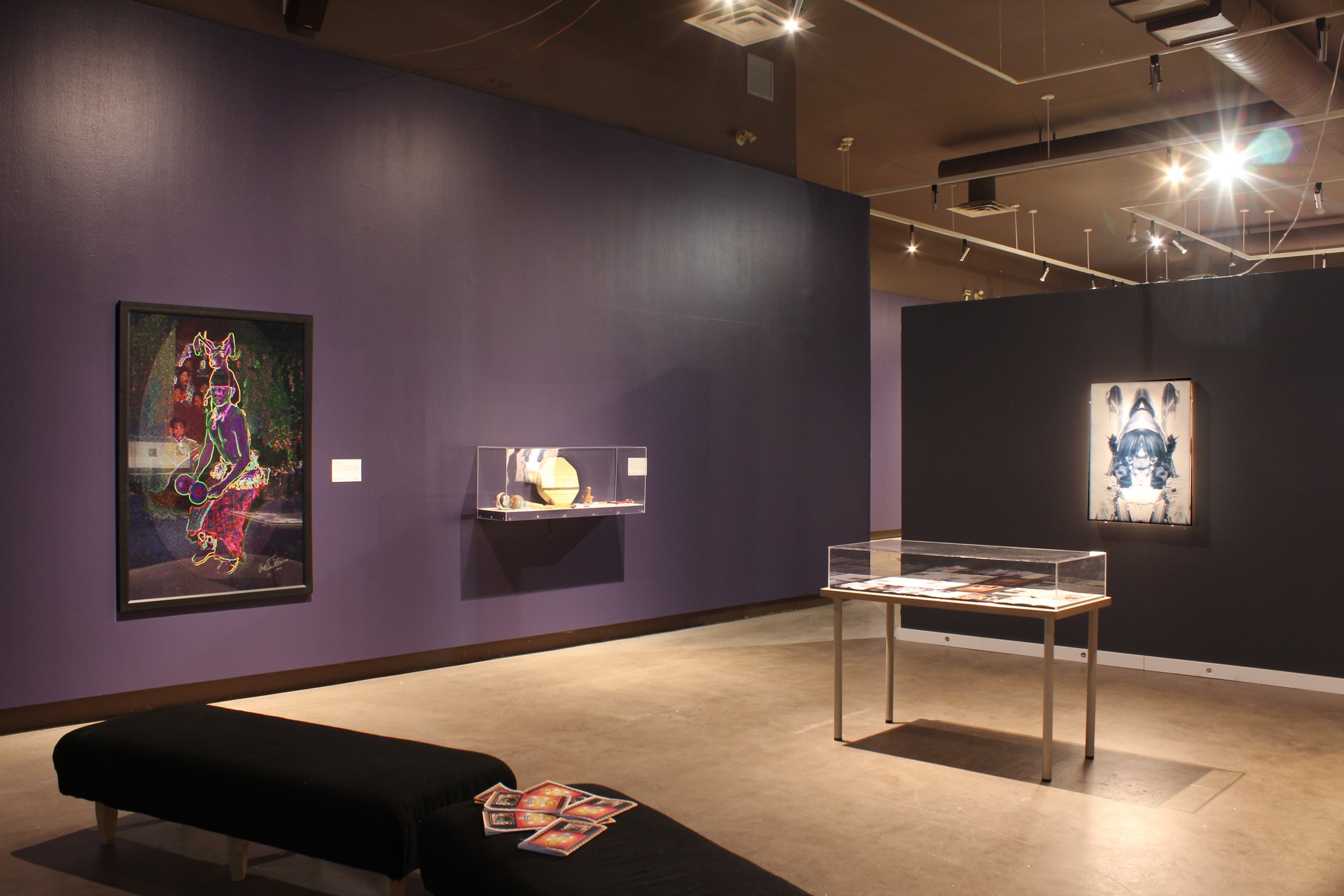
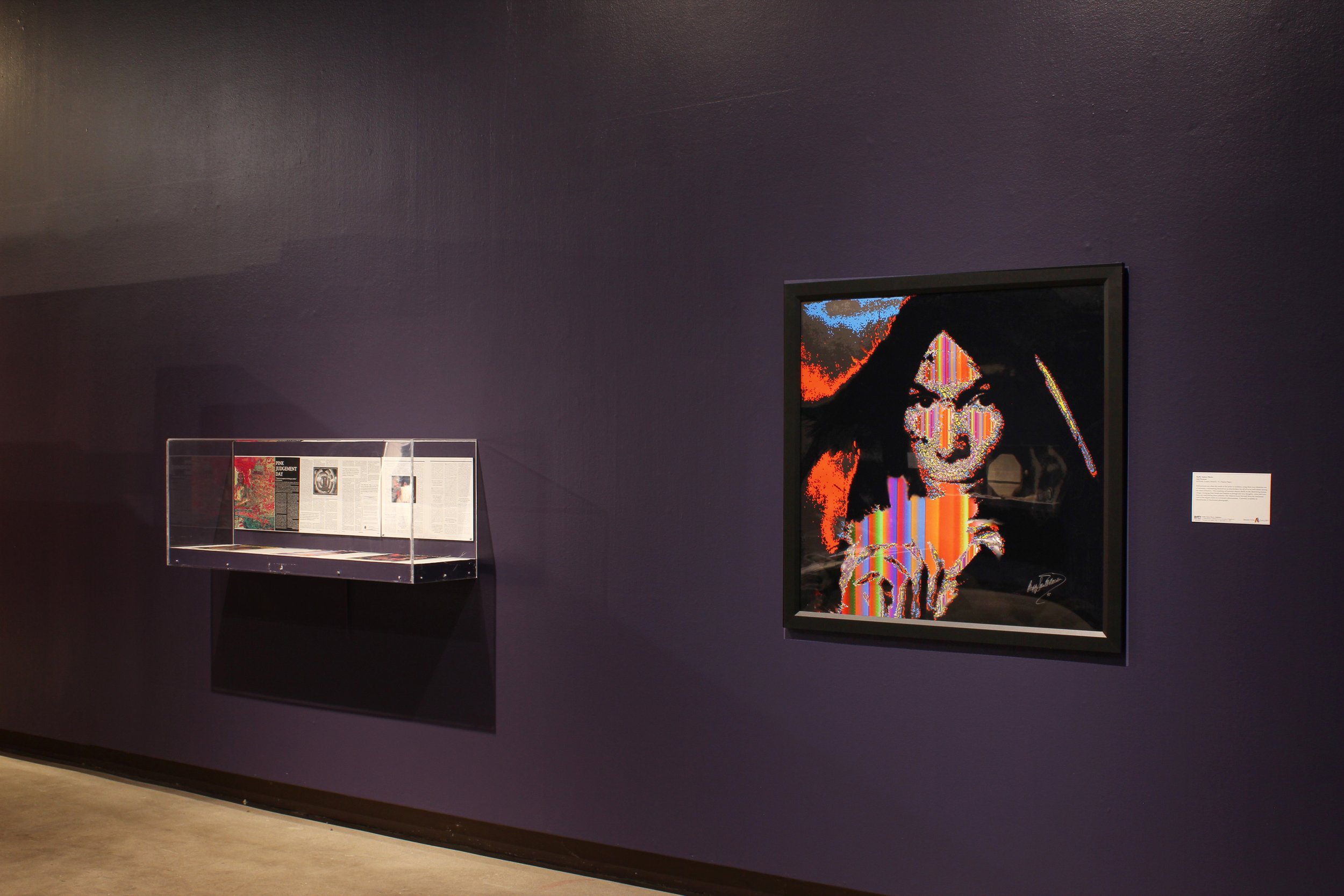
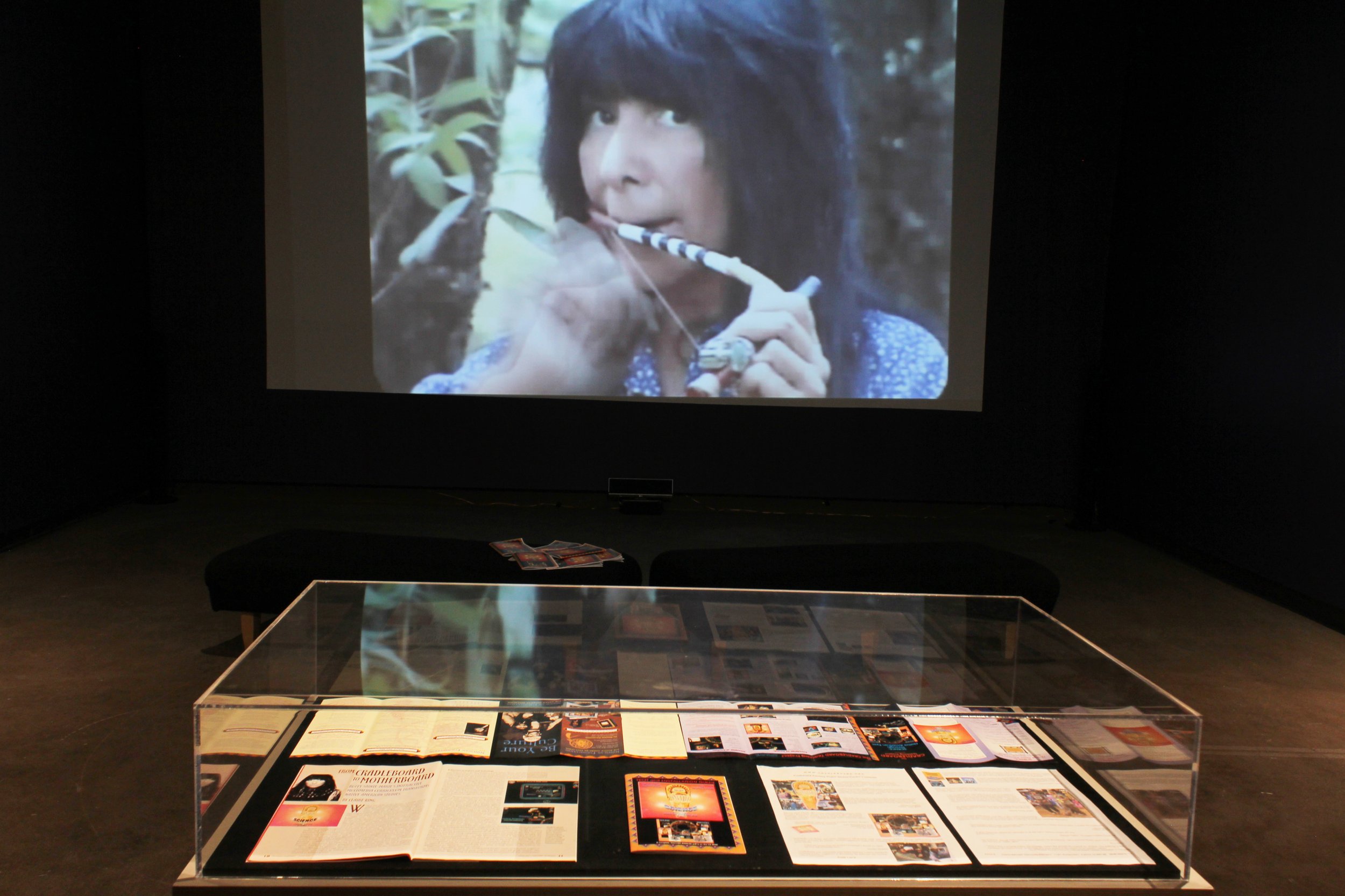

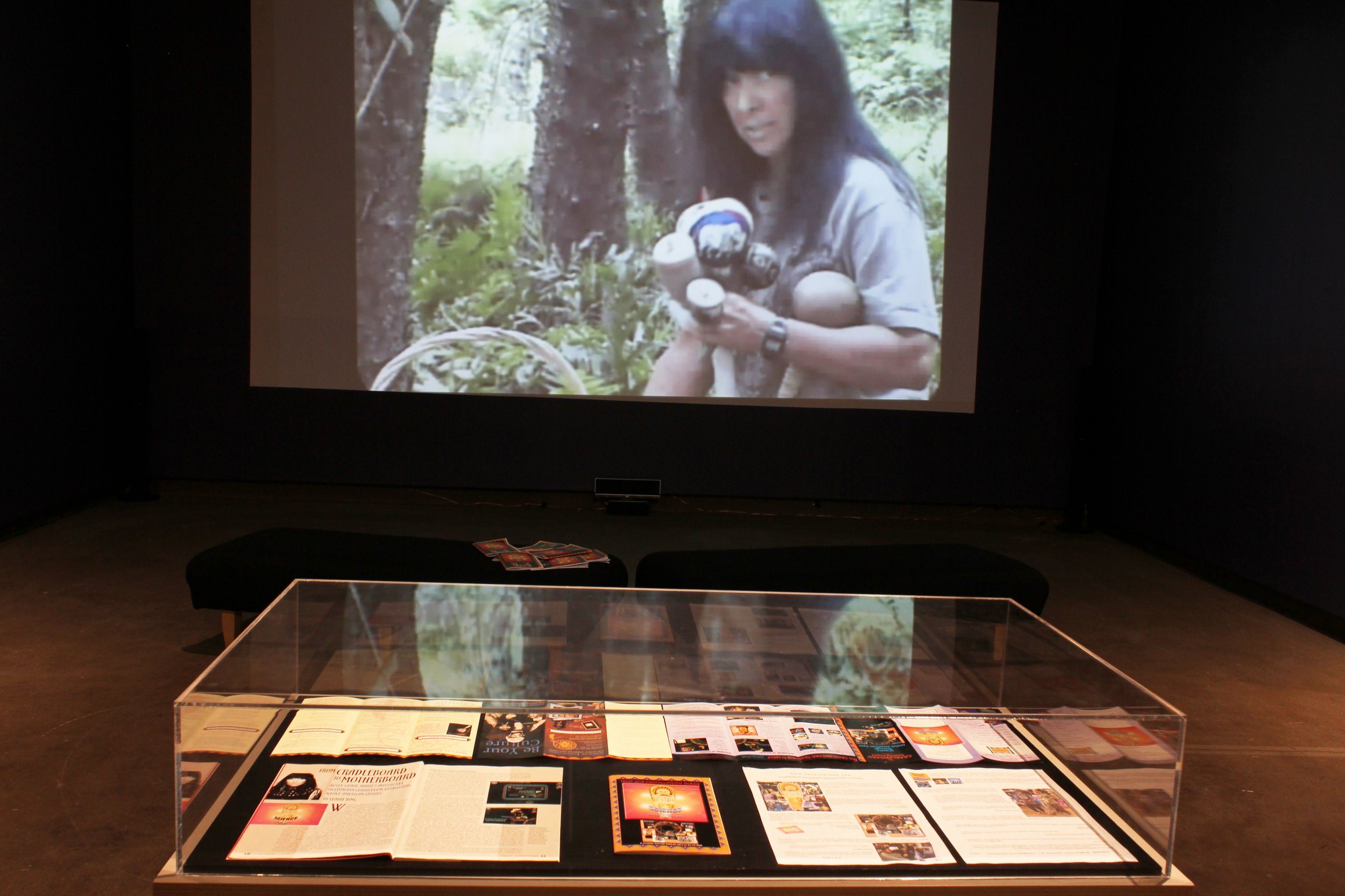
Featured Artist:
Buffy Sainte-Marie
Written by Paul Crawford:
Buffy Sainte-Marie’s exhibition Pathfinder, presents a rare and unique window into the evolution of one of the early innovators of digital art starting with the purchase of her first Macintosh personal computer in 1984. Within this unassuming beige cube, Buffy quickly discovered the power, flexibility, potential and the infinite possibilities presented to her through this sudden democratization of technology. The Macintosh presented a transformational and enlightened way of developing and processing a lifetime's worth of imagery and memory. The works presented in this exhibition provide a unique insight into her creative process and represent the most comprehensive survey of her digital paintings to date.
Buffy Sainte-Marie approached the digital medium as she has with every facet of her diverse career — with trailblazing ingenuity. Reflecting back to 1984 — a time when the internet was almost unheard of and home computers were in their infancy — Buffy was there, building pieces of this collection within the confines of the very first versions of MacPaint on the earliest Macintosh models. The technology was nothing like the digital production resources we have today and were used primarily as tools for marketing and graphic design, not creating fine art with emotional impact. Being void of prefabricated filters or options for multiple layers, the process of creating artful images required dexterity and patience. Rising above the limitations of the software, she injected as much depth of tradition and attention to detail with pixels as one would with intricate beadwork or classic oils. Meticulously blending scanned images of her wet studio paintings, in-progress drawings and sketches with those of real fibers, feathers and beads, Buffy crafted these digital tapestries with the precision and care of a natural-born storyteller. The visual and intellectual brilliance of this collection is undeniably ahead of its time.
This exhibition features 16 of Sainte-Marie’s groundbreaking digital paintings as well as never-before-seen sketches, artifacts, and behind-the-scenes photos that speak directly to this respected icon’s unique perspective of her own multi-disciplinary life, culture, and the experiences that inspired these masterpieces. Discover and celebrate Buffy Sainte-Marie’s contribution to contemporary art history, the rise of digital art, and the powerful role she continues to command in educating and inspiring individuals and Indigenous communities across the globe.
Examples of Buffy Sainte-Marie’s digital art can be found in the permanent collections of many important public collections including, in the Institute of American Indian Arts Museum, First Nations University, and the Tucson Art Museum, and her work has been featured in exhibitions at the Glenbow Museum, the MacKenzie Art Gallery, the Isaacs Gallery, the Walter Phillips Gallery, the Gallery for Contemporary and Indigenous Art (Tuscon), the Winnipeg Art Gallery, and Gurevich Fine Art (Winnipeg).
Thank you to Natasha Lowenthal, Gilles Paquin, and Buffy Sainte-Marie for all your time, trust, and help in making this exhibition a reality.
ARTIST BIOGRAPHY
Buffy Sainte-Marie was born in 1941 on the Piapot First Nation reserve in Saskatchewan, where she was taken from her biological parents when she was around two or three years of age. She was adopted by a visibly white couple in Massachusetts, though her adoptive mother, Winifred, self-identified as part Mi’kmaq. As a child her adopted mother would share stories of Indigenous history and by the age of four she first taught herself to play the piano and the gift of a guitar for her sixteenth birthday was the impetus for her to start writing songs. At university, Buffy studied Oriental philosophy receiving a BA with honours. It was at this time Buffy began singing in coffee houses in New York's Greenwich Village leading to her receiving her first recording contract which launched Buffy Sainte-Marie to international stardom. In 1983 Buffy received a Ph.D. in Fine Art from the University of Massachusetts and has since also been the recipient of numerous Honorary degrees from Universities across Turtle Island.
Since her groundbreaking debut, 1964's It's My Way!, the Cree singer-songwriter has been a trailblazer and a tireless advocate for Indigenous rights and freedoms, an innovative artist, and a disruptor of the status quo. Songs like Universal Soldier establishing herself among the ranks of folk greats such as Joni Mitchell and Bob Dylan, she has released more than twenty albums, survived being blacklisted by two U.S. presidents, and received countless accolades, including the only Academy Award ever to be won by a First Nations artist. In 1969 she recorded the first quadraphonic electronic vocal album establishing herself as one of the first electronic artists.
Throughout her career she has devoted much of her time and resources to supporting Native Americans through a variety of educational programs. Her many initiatives include the founding of the Native North American Women's Association, a scholarship fund for Native American law students, teaching music and art at the Saskatchewan Federated Indian College, and the Cradleboard Teaching Project to connect children on-line. In 1997 Buffy Sainte-Marie was selected as the Native American Philanthropist of the Year.
In 2015 Buffy won two Juno awards and the 2015 Polaris Music Prize for her electrifying album Power in the Blood album, an electrifying album complete with contemporary electronic powwow anthems.. In 2017 her riveting introduction of Tanya Tagaq and A Tribe Called Red at the 2017 Junos went off-script when she acknowledged that Ottawa is on “un-surrendered” territory of the Algonquin and Anishinaabe Nations On the same broadcast, Sainte-Marie was presented with the Allan Waters Humanitarian Award.
In 2020, she released her debut children’s book, Hey Little Rockabye, and her album, It’s My Way!, won the Slaight Family Polaris Heritage Prize designation, awarded to albums that have remained culturally relevant decades after their release. Throughout the pandemic, she has adapted to 21st-century DIY home video production, sound design and self-direction, creating, recording and broadcasting content including recording songs with Serena Ryder and the Mohawk DJ and music producer DJ Shub. Through it all she continues to explore the possibilities of digital media, constantly expanding her own visual art practice.







